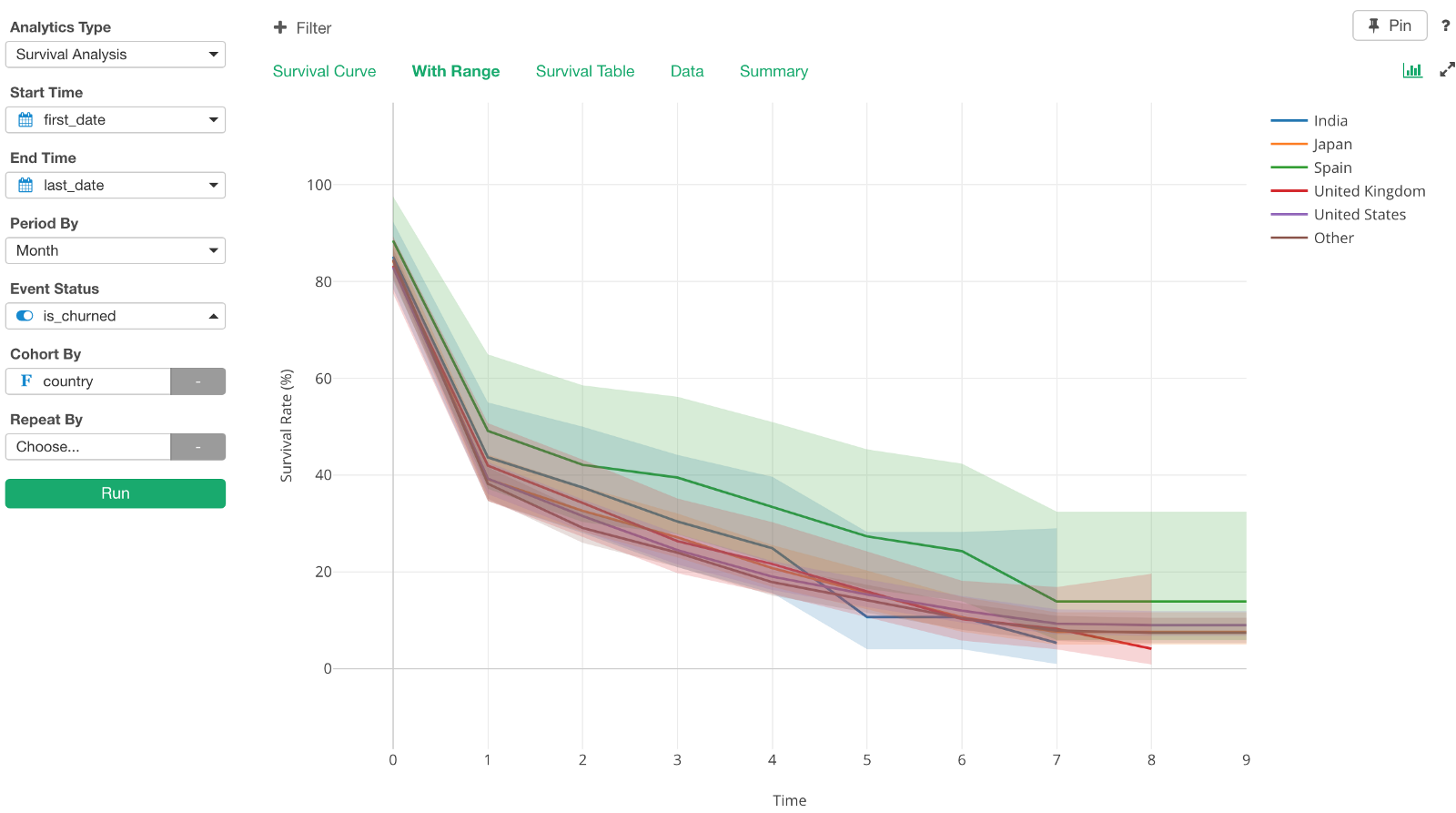The projection of the population is an essential tool in demography, urban planning, public health and economic forecastingBecause he estimates the size and the future structure of the population. Among the many projection techniques, the Survival method is one of the most widely used for medium -term projections because it integrates Specific age and sex survival rate and explain Births, deaths and migration.

THE Survival method is particularly important when a planner needs Projections structured by age For the formulation of policies, the allocation of resources and the planning of infrastructure.
2. Concept of the survival method
THE Survival method projects the population by following each cohort (A group of people born in the same year or the same year) Over time and applying survival rates to estimate how many people remain in this cohort in the coming years.
The method is called “survival” because:
- He uses Life tables Or survival ratios To determine what proportion of a cohort will survive the next age group during the next projection period.
- He advances each age cohort in time, reduce it according to mortalityAnd Add new births For the youngest cohort.
3. Data requirements
To apply the survival method, the following data are generally necessary:
- Population data of the basic year
- Classified by age and sex.
- Generally obtained from a population census or register.
- Survival ratios / lifestyles
- Probability of surviving from one age group to another over a given time interval.
- Derived from mortality rates, adjusted for the local population.
- Fertility rate (to project new births)
- Age specific fertility rate (ASFR) for women of childbearing age (generally 15 to 49 years).
- Migration data
- Estimates of net migration by age and sex, if applicable.
4. Step by step procedure
Step 1: Prepare the age population of the age of the basic year
Organize the population as standard 5 year old age groups (0–4, 5–9, 10–14,…, 80+), separated by men and women.
Step 2: Obtain survival ratios
- From Life tablesDetermine the proportion of people who survive from one age group to another over the projection interval (for example, 5 years).
- Example: if the survival report from 10 to 14 years to 15 to 19 years old is 0.98, this means that 98% of people aged 10 to 14 will survive the group 15-19 after 5 years.
Step 3: Apply cohorts survival ratios
- Multiply each cohort by the corresponding survival report to obtain the population in the following age group for the next projection period.
- Example:
Population of the basic year (10 to 14 years): 20,000
Survival ratio at 15 to 19 years old: 0.98
Projected 15 to 19 age groups (following period) = 20,000 × 0.98 = 19,600.
Step 4: Project of the youngest age group (births)
- Calculate the expected births during the projection period using Specific fertility rate and the projected number of women of childbearing age.
- Example:
- ASFR for women aged 20 to 24 = 0.08 (which means 80 births per 1,000 women over the period of 5 years).
- Multiply asfr by the number of women in this age group.
- Summarize births in all prosecution groups to obtain Total births.
- Apply survival ratios of infants and children to estimate the number of survival at the age of 0 to 4 years during the following period.
Step 5: Adjust migration (if applicable)
- Add or subtract net migration by age group before going to the next projection cycle.
Step 6: Repeat for each projection interval
- Continue to advance the cohorts for each projection period until the future desired year is reached.
5. Example (simplified)
Basic year population (2025) – males only:
| Age group | Population | Survival ratio | Pop projected. (2030) |
|---|---|---|---|
| 0–4 | 10,000 | 0.995 | (Projected births) |
| 5–9 | 9,800 | 0.995 | 9,751 |
| 10-14 | 9,500 | 0.990 | 9 405 |
| 15-19 | 9,200 | 0.985 | 9 062 |
| … | … | … | … |
For 0–4 Age group in 2030Births are calculated on the basis of women projected in the age of reproduction, then multiplied by infantile / child survival ratios.
6. Advantages of the survival method
- Specific age projection: Production of breakdowns detailed by age and sex.
- Great precision For medium -term projections (10 to 30 years) when the data is good.
- Can incorporate Fertility, mortality and migration separately.
- Useful for planning schools, hospitals, housing, pensionsetc.
7. Limits
- Need reliable and detailed data (Population of age-sex, lifestyles, fertility rate).
- Less precise for small populations Due to statistical fluctuations.
- Long -term projections (> 40 years) can be less reliable because fertility, mortality and migration trends can change unexpectedly.
- More complex than simple growth rate methods.
8. Applications
- Town planning – Predict the future demand for housing and infrastructure.
- Health planning – Estimation of the needs of hospitals and care for the elderly.
- Education planning – Provision of school registrations.
- Labor market forecasts – Anticipated changes in the working age population.
- Social Security and Pensions Planning – Understand aging trends.
✅ In short, the Survival method (Cohort-survie) is a systematic way to move each age cohort over time, by adjusting mortality, fertility and migration, to produce Structured by age, specific to sex Population projections. His strength lies in his demographic realism And Political relevanceThis makes it a standard in official statistical agencies and planning institutions.


